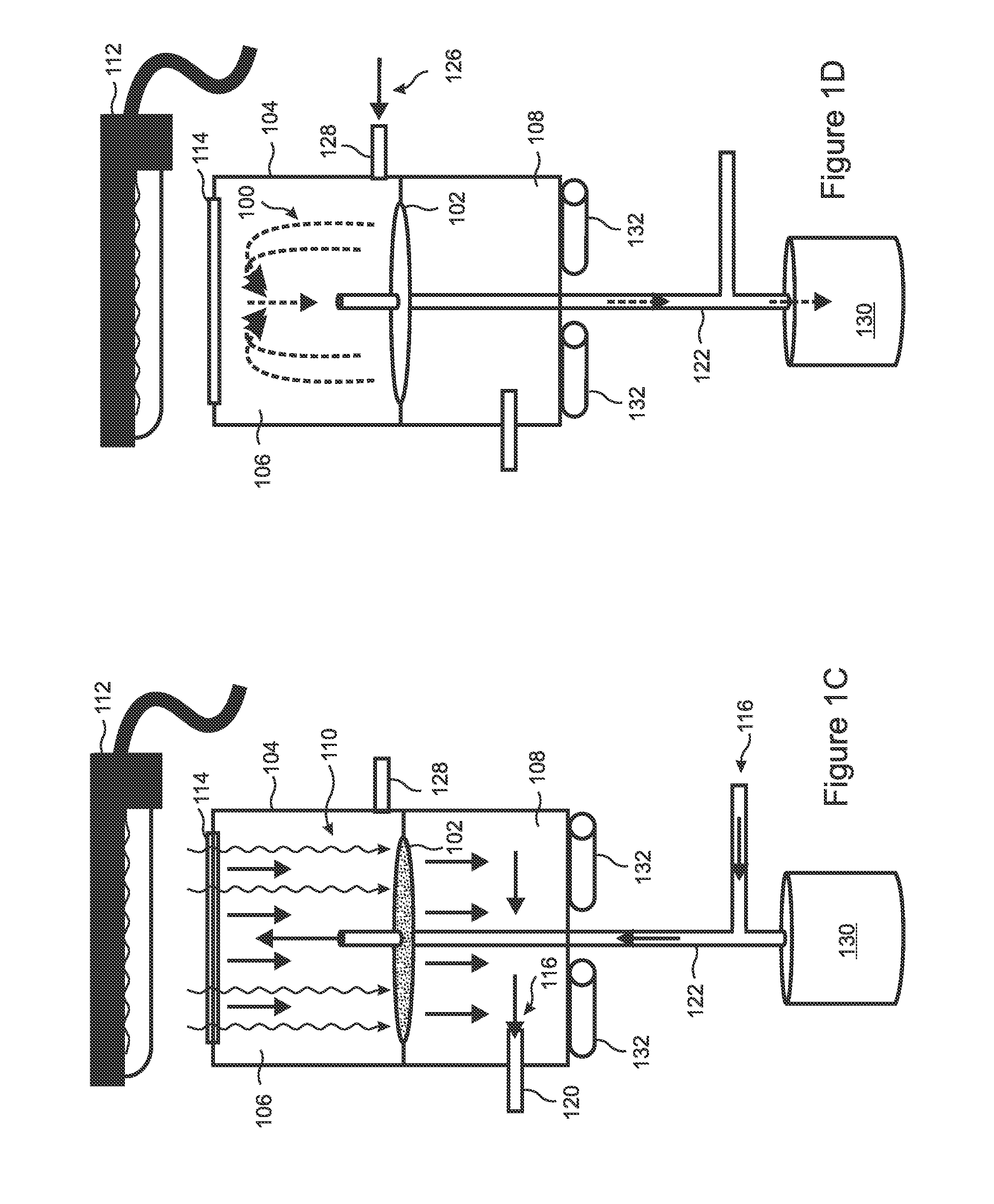Optically heated analyte desorber for gas chromatography analysis
an analyte desorber and gas chromatography technology, which is applied in the direction of instruments, specific gravity measurement, other chemical processes, etc., can solve the problems of slow and inefficient desorption process, thermal degradation and rearrangement of analytes, and decrease the uniformity of analyte retrieval, so as to reduce re-adsorption, improve quantitative results, and accelerate the desorption of analytes
- Summary
- Abstract
- Description
- Claims
- Application Information
AI Technical Summary
Benefits of technology
Problems solved by technology
Method used
Image
Examples
Embodiment Construction
[0043]The present invention is a novel apparatus and method for providing rapid desorption of analytes from a carbonaceous sorbent powder sample with reduced re-adsorption and correspondingly improved quantitative results, and with reduced thermal degradation and rearrangement of the adsorbed analytes. According to the invention, the entire sorbent powder sample is simultaneously and uniformly heated in a rapid, efficient, manner by distributing the sample onto a desorbing surface within an enclosed chamber in a uniformly thin layer, and directly irradiating the sample with a heating light source. In embodiments, the thin layer is approximately one powder granule in thickness, so that substantially all of the powder granules are heated simultaneously.
[0044]Because the carbonaceous sorbent is a strong black body light absorber, direct adsorption of light energy from illumination of the sorbent powder causes a very rapid and intense heating of the particle skin to a depth of several m...
PUM
| Property | Measurement | Unit |
|---|---|---|
| flow rate | aaaaa | aaaaa |
| pressure | aaaaa | aaaaa |
| temperature | aaaaa | aaaaa |
Abstract
Description
Claims
Application Information
 Login to View More
Login to View More - R&D
- Intellectual Property
- Life Sciences
- Materials
- Tech Scout
- Unparalleled Data Quality
- Higher Quality Content
- 60% Fewer Hallucinations
Browse by: Latest US Patents, China's latest patents, Technical Efficacy Thesaurus, Application Domain, Technology Topic, Popular Technical Reports.
© 2025 PatSnap. All rights reserved.Legal|Privacy policy|Modern Slavery Act Transparency Statement|Sitemap|About US| Contact US: help@patsnap.com



